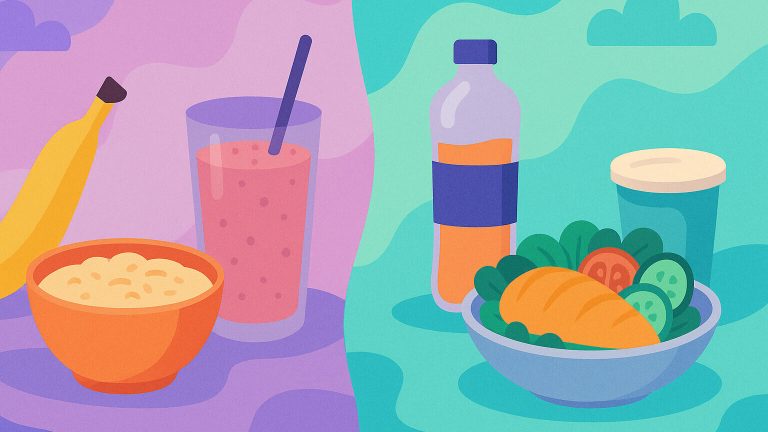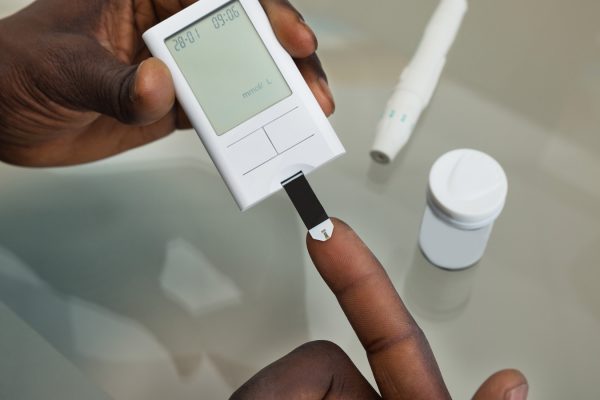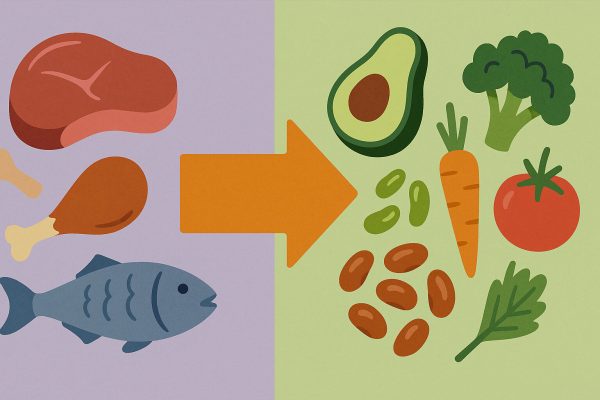Timing Meals Around Your Workout
Fueling your body properly makes workouts feel smoother and recovery more effective. Whether you’re training for strength, endurance, or just feeling good, what you eat and when you eat it can shape how your body responds. Meals that are well-timed give energy before movement and help muscles repair afterward.
Eating too close to a workout might leave you sluggish. Waiting too long might drain your energy early. The sweet spot is usually about one to two hours before starting, depending on how heavy the meal is. After the workout, a refueling meal within an hour is often best, especially after intense sessions.
Understanding your own routine helps. Someone with early morning workouts might prefer a banana or toast, while someone with time in the afternoon might go for a balanced meal with carbs and protein. The more your timing fits your schedule, the more consistent your eating habits will be.
Carbs as Pre-Workout Fuel
Carbohydrates are your body’s preferred fuel source for movement. Whether it’s a quick walk or a weight training session, carbs help give you the push you need to start strong and stay steady. Simple options like oatmeal, fruit, or toast are easy to digest and won’t weigh you down.
If your workout is shorter than an hour, a small snack may be all you need. For longer or more intense sessions, pairing complex carbs with a little protein—like a whole-grain sandwich or rice with eggs—can provide steady energy without spikes or crashes.
People often find what works through a little trial and error. Some feel best with a full breakfast. Others do better with just a banana and water. As long as carbs are part of the picture, the energy will likely follow.
Light Protein Before Movement
While carbs are key for energy, a little protein before a workout can help start muscle recovery early. It also helps prevent excessive hunger after training, which makes recovery meals easier to manage without overeating.
Try something simple like yogurt, a boiled egg, or a small handful of nuts. These light protein options work well with carbs and are gentle on digestion. Too much fat or heavy protein before movement might slow you down or cause stomach discomfort.
Some people like a protein smoothie before a workout, especially if time is tight. The goal is balance—enough to support your muscles, but light enough to keep your body focused on movement instead of digestion.
What to Avoid Before a Workout
Some foods can get in the way of performance if eaten too close to a workout. High-fat meals, for example, take longer to digest and may leave you feeling heavy or slow. Fried foods, greasy snacks, or creamy sauces are better saved for later in the day.
Spicy meals can also be tricky. For some people, these cause bloating or discomfort during high activity. Even healthy foods like beans or cruciferous veggies might be too much before cardio-heavy routines.
Timing plays a role too. If you’re eating a larger meal, try to leave at least two hours before exercising. For smaller snacks, 30 to 60 minutes might be enough. This helps your body feel settled and ready to move.
Hydration Is Part of the Plan
What you drink matters just as much as what you eat. Hydration plays a key role in how your body performs and recovers. Even mild dehydration can make workouts feel harder and affect focus or stamina.
Start the day with water, especially if you work out in the morning. A glass or two about an hour before activity gives your body a head start. During exercise, sip as needed, especially if you’re sweating or in a hot environment.
After your workout, water helps your body cool down and supports digestion of the recovery meal. In longer or high-intensity sessions, drinks with electrolytes may be helpful. But for most short workouts, plain water is enough.
Protein After a Workout
Once your workout is done, your body shifts into recovery mode. Muscles start rebuilding, and that’s where protein steps in. Including 15–25 grams of protein in your post-workout meal helps support muscle repair and growth.
Popular choices include grilled chicken, tofu, eggs, Greek yogurt, or protein shakes. Some people prefer a smoothie with a protein scoop and fruit. Others might go for a meal with rice, beans, and vegetables. The goal is to refuel your body with something that feels satisfying.
It’s okay if you don’t eat right away, but try not to wait too long. Within an hour or two is ideal, especially after weight training. This window helps your muscles start healing with the nutrients they need.
Carbs for Recovery and Energy Refill
After a workout, carbohydrates help replace the energy your body just used. While protein supports muscles, carbs refill glycogen stores—especially if your training was long or intense. Skipping carbs might leave you feeling tired or drained the rest of the day.
Good post-workout carb sources include brown rice, sweet potatoes, fruit, or whole-grain bread. Pair these with protein for a well-rounded meal. For example, salmon with quinoa or a sandwich with lean meat gives both fuel and recovery support.
Even after light workouts, a small amount of carbs can keep your energy steady. It doesn’t have to be a large meal—just enough to balance out what your body used.
Fats in Post-Workout Meals
Fats play a quieter but steady role in recovery. They help your body absorb vitamins and keep meals satisfying. While they aren’t needed in large amounts after a workout, including a little healthy fat can round out your meal.
Avocado, olive oil, or nuts work well in post-exercise meals. For example, adding a few almonds to a smoothie or drizzling olive oil over veggies can help complete the plate. These fats don’t slow recovery—they simply support it in a gentle way.
The key is moderation. A meal that’s too high in fat might delay digestion, especially after intense movement. But a touch of it supports fullness and nutrition without getting in the way.
Customizing Meals for Different Workout Types
What you eat can shift depending on how you move. A long run needs more carbs for energy, while a weight session benefits from extra protein. For yoga or light stretching, a smaller snack may be enough before and after.
If your workouts vary during the week, your meals can too. On heavy days, aim for balanced plates with all three macronutrients. On lighter days, smaller meals or simple snacks may be better suited to your body’s rhythm.
Listen to how your body feels after each type of workout. Over time, you’ll notice what foods help you feel stronger, more focused, and more energized for the next session.
Nourishing Your Body With Intention
The heart of any pre- and post-workout plan is simple care. It’s not about counting grams or chasing trends—it’s about supporting your body in doing something hard and rewarding. Whether you exercise to feel better, get stronger, or unwind, food is part of how you show up.
Consistency matters more than precision. One great meal won’t make or break your progress, but steady habits do. Choosing foods that make you feel clear, strong, and grounded gives your workouts a deeper sense of purpose.
Over time, these small food choices become part of your movement rhythm. They help your body recover faster, perform better, and feel more ready each time you lace up your shoes.




